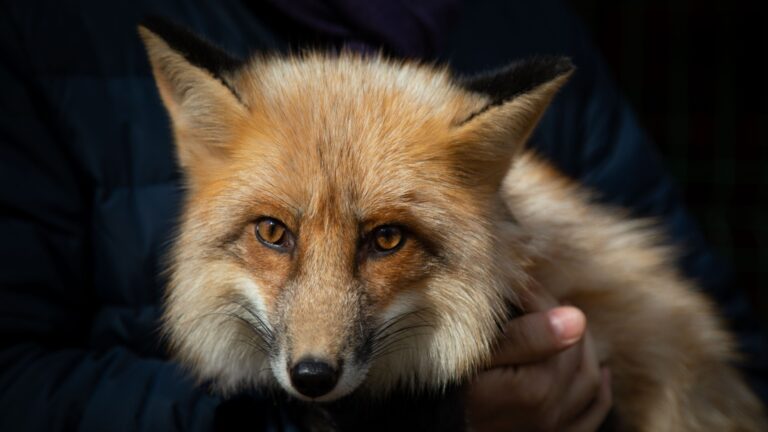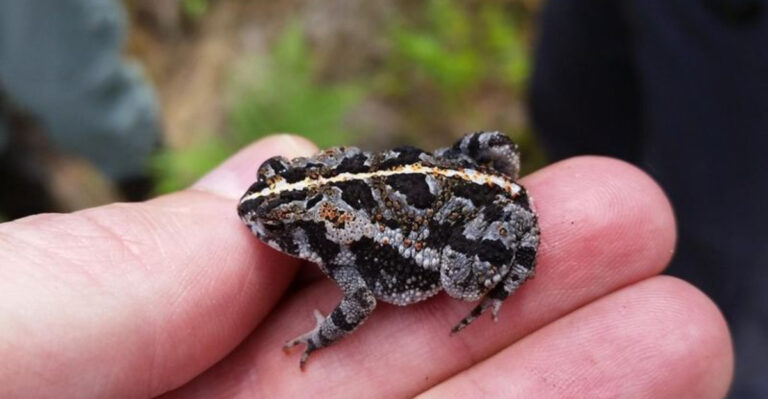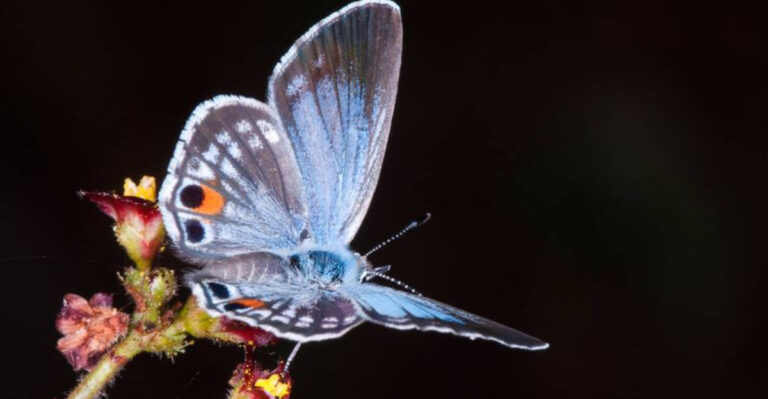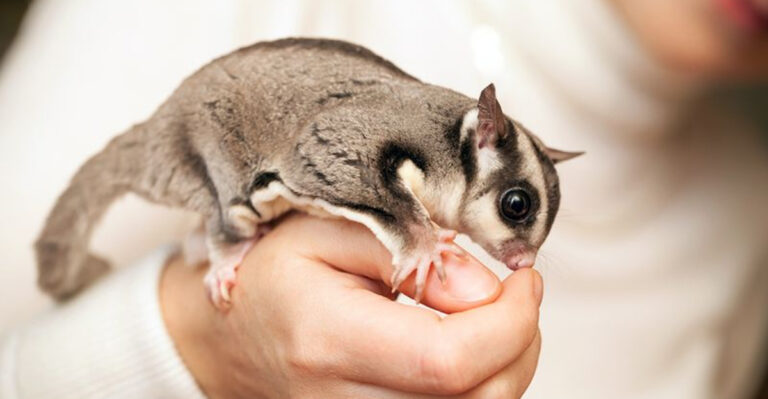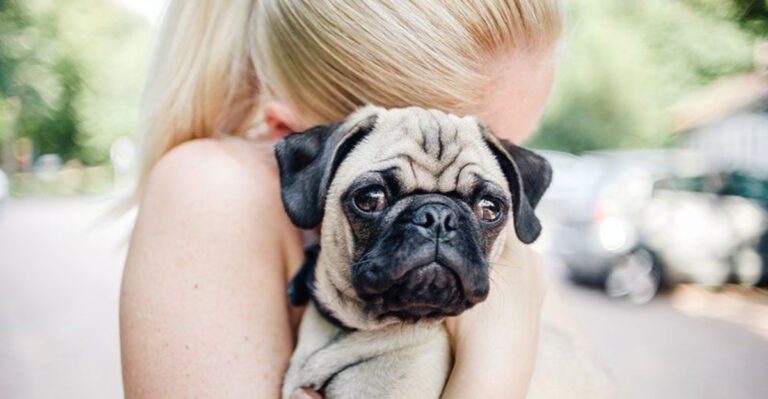18 Ways How Cats Express Grief And How You Can Support Them
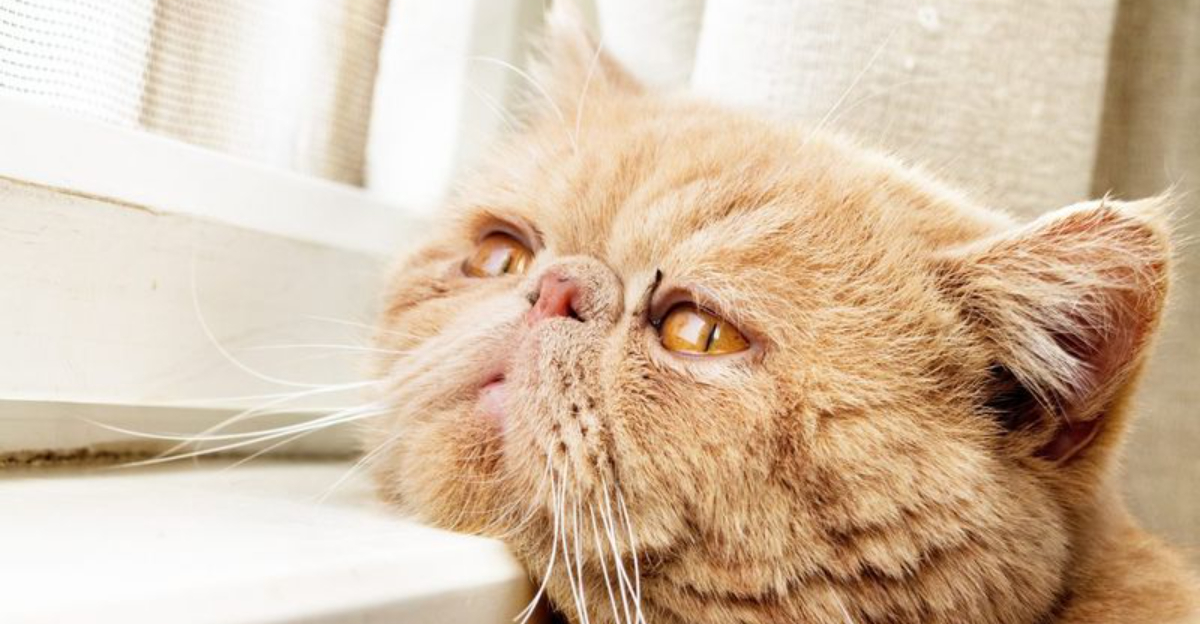
Cats, often perceived as independent and stoic, can exhibit signs of grief when they experience loss. Understanding these signs helps pet owners support their feline companions through tough times.
1. Change In Appetite
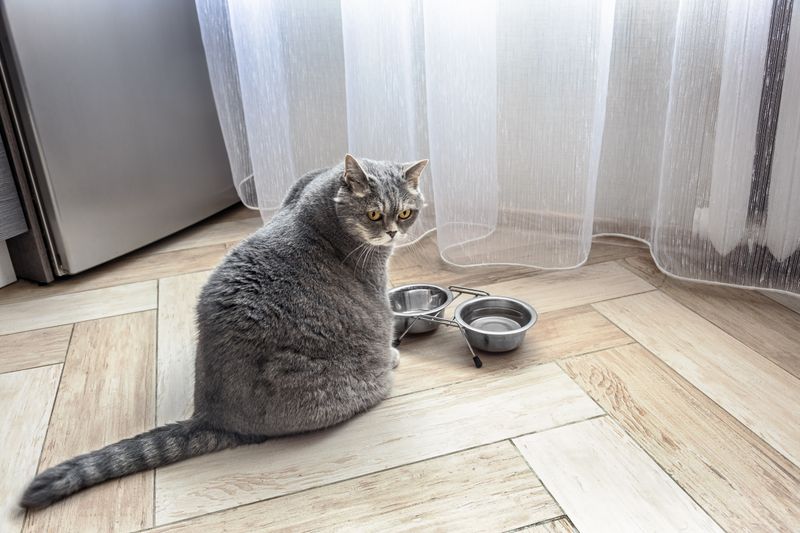
When grieving, a cat may show little interest in food, either eating less or refusing meals altogether. This change in appetite can be a physical manifestation of their emotional distress.
Offering smaller, more frequent meals or tempting treats can encourage them to eat. Ensuring their diet remains balanced is important for their health during this time. If the issue persists, consulting with a vet is advisable to rule out any underlying health concerns.
2. Increased Vocalization
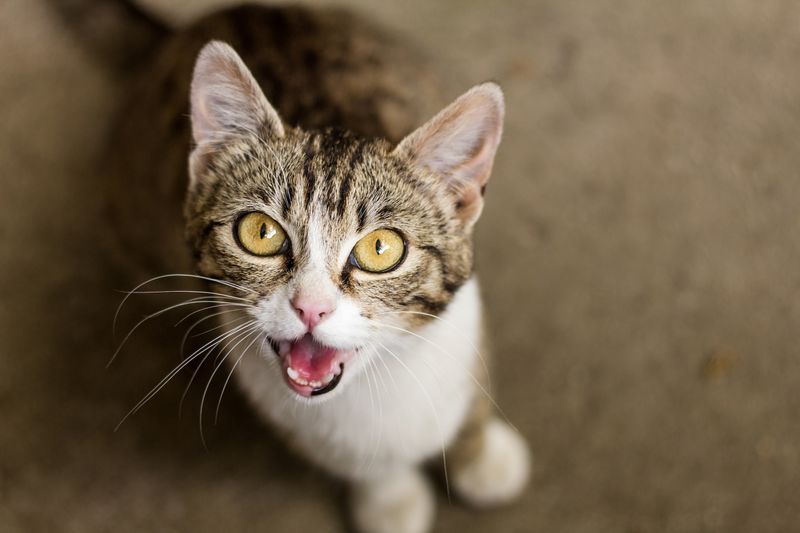
Cats may become more vocal when grieving, expressing their distress through increased meowing. This behavior is akin to them calling out for the lost companion, whether it be another pet or a person.
Listening to their cries and offering comfort can help. Engage with them through gentle talk or playtime to provide reassurance. Each cat’s vocal patterns differ, so understanding their normal behavior can help identify when they’re expressing grief.
3. Withdrawal From Social Interaction
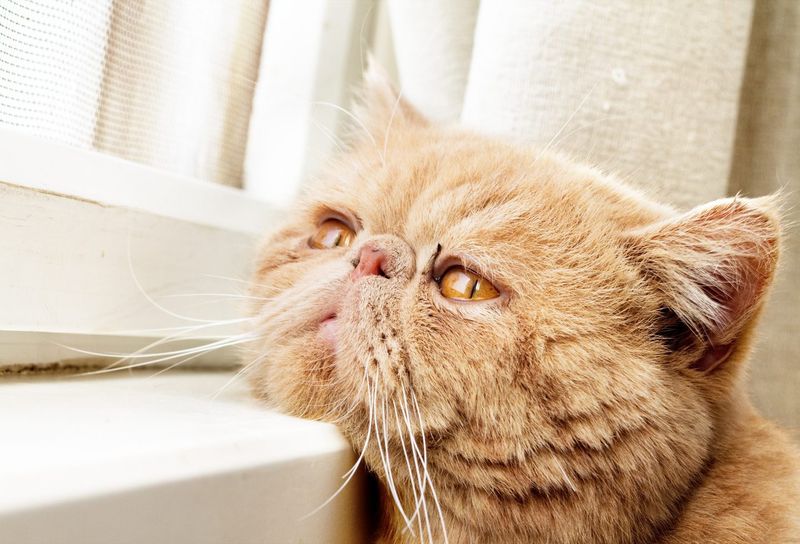
A grieving cat might withdraw from family members, preferring solitude over interaction. This behavior can signify their attempt to cope with the emotional upheaval.
Offering a quiet space for them to retreat is beneficial. However, check on them regularly, providing gentle encouragement to engage. Patience is key, as forcing interaction may increase their stress.
4. Change In Sleeping Patterns
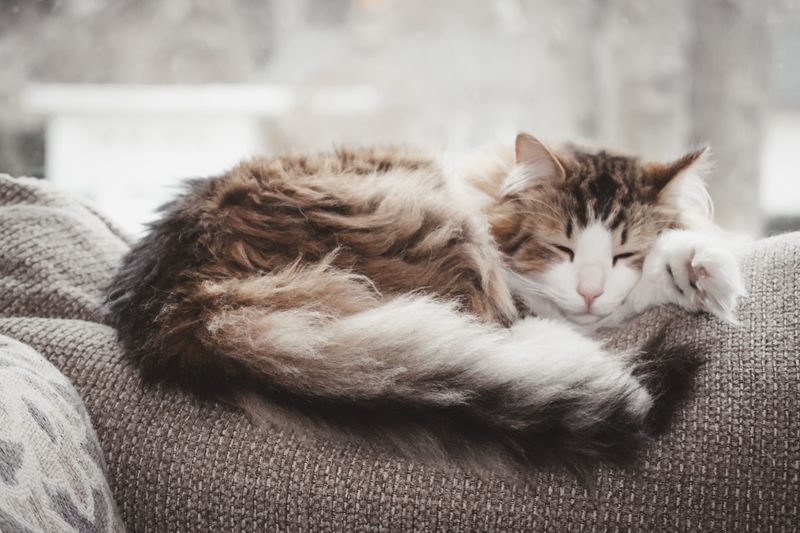
Grieving cats often alter their sleeping routines, either sleeping more or less than usual. This disruption can be an emotional response related to their loss.
Maintaining a consistent daily routine aids in providing a sense of normalcy. Observing where and how they sleep can offer clues to their emotional state. If changes persist, consider consulting a veterinarian.
5. Loss Of Interest In Play
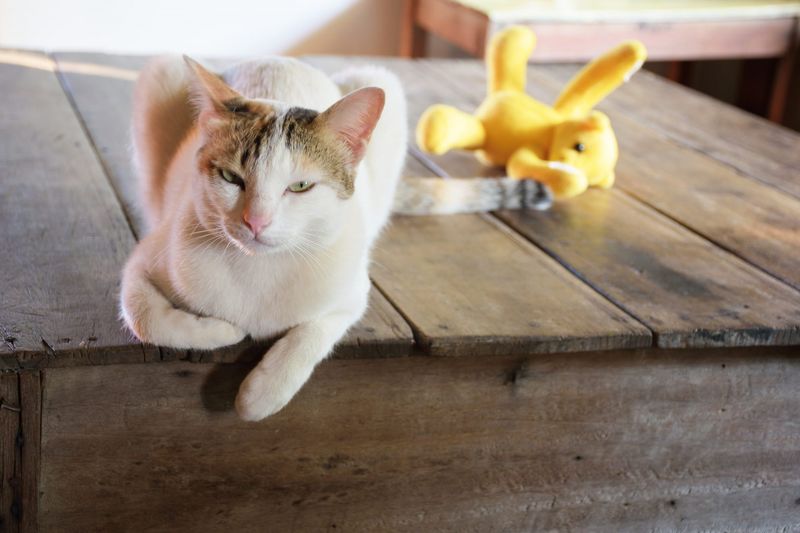
Cats in mourning might lose interest in play, reflecting a lack of energy and enthusiasm. Play is often a sign of a cat’s emotional well-being, so this change can be significant.
Introducing new toys or engaging in interactive play can sometimes rekindle their interest. Keeping sessions short and positive reinforces a sense of fun without overwhelming them.
6. Excessive Grooming Or Lack Thereof
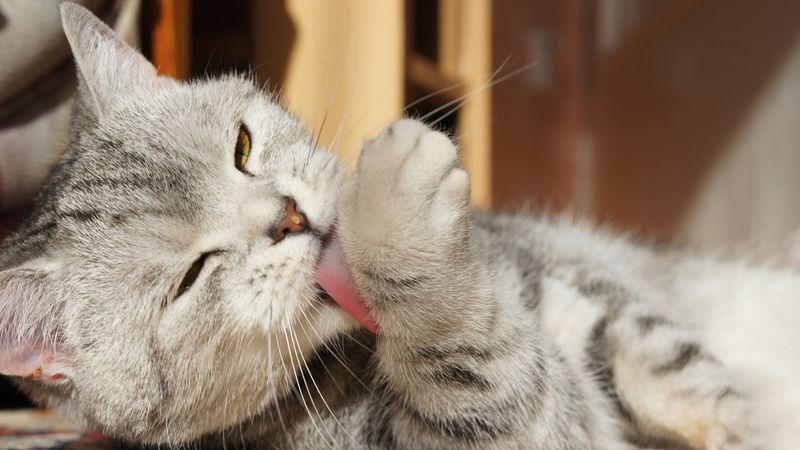
Grooming habits can reflect a cat’s emotional state. Some may groom excessively as a coping mechanism, while others might neglect their grooming altogether.
Providing regular brushing can help, whether they need assistance with grooming or desire extra attention. Observing changes in their grooming habits provides insight into their emotional well-being.
7. Uncharacteristic Aggression
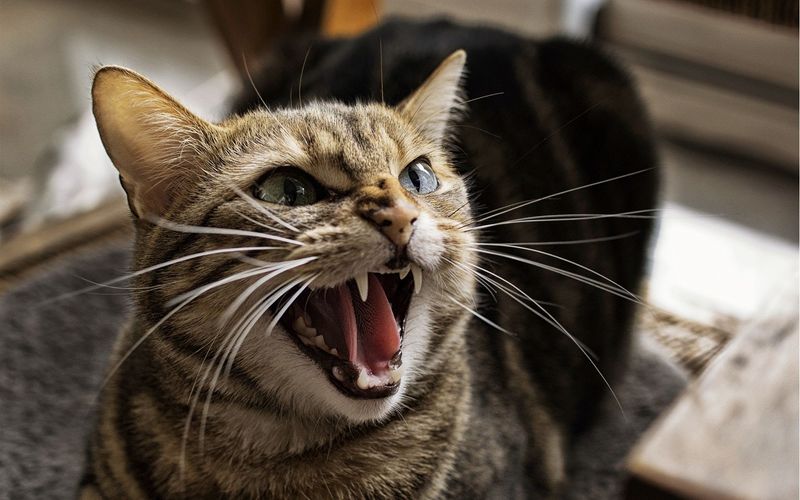
Though normally docile, a grieving cat might exhibit aggressive behavior. This aggression can stem from confusion or frustration related to their loss.
Approach them calmly and avoid punishment, which may exacerbate their stress. Creating a peaceful environment and offering reassurance can help mitigate this behavior over time.
8. Searching For The Lost
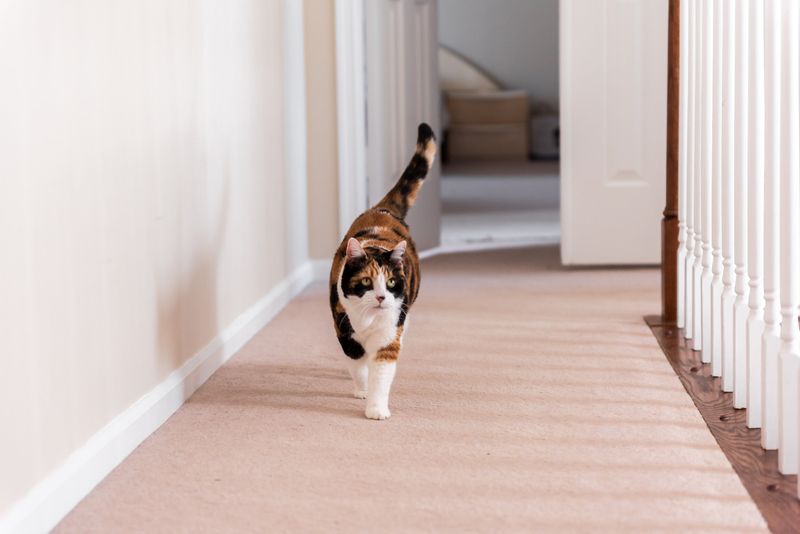
Grieving cats may search for their lost companion, wandering around and sniffing areas where they used to spend time. This behavior signifies their attempt to understand the absence.
Reassure them with familiar scents or objects associated with the lost companion. Gentle affection and interaction can help them adjust to the void left by their absence.
9. Changes In Litter Box Habits
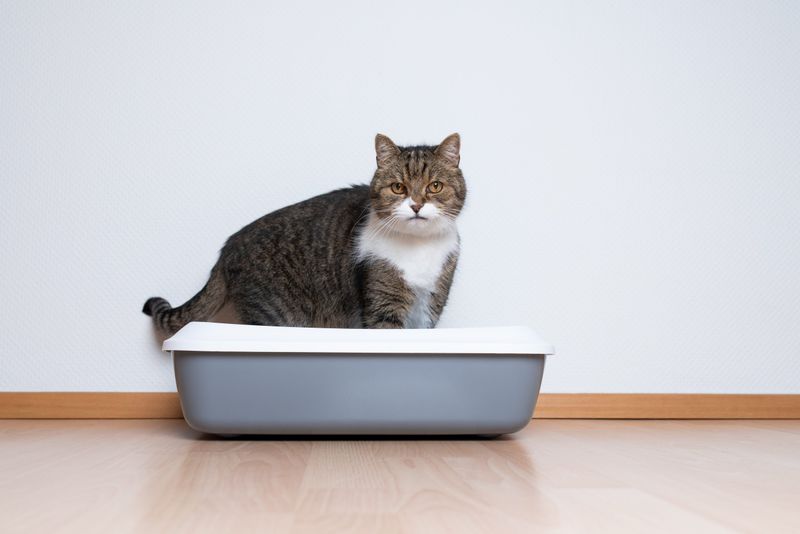
Cats experiencing grief might show changes in litter box behavior, possibly neglecting it altogether. This change can be linked to stress and emotional turmoil.
Ensuring the litter box is clean and located in a quiet area may encourage regular use. Monitoring their habits closely and consulting a vet if necessary can prevent health issues.
10. Seeking Comfort From Objects
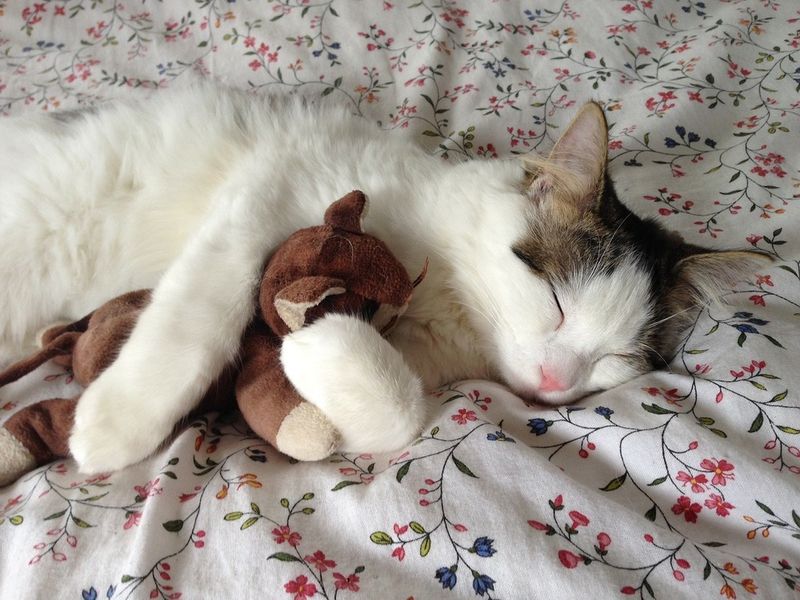
Grieving cats might seek solace in objects that carry the scent of their lost companion. Curling up with these items provides a sense of closeness and comfort.
Allowing them access to such objects can aid their emotional healing. Gradually introducing new items with positive associations helps them acclimate over time.
11. Changes In Vocal Patterns
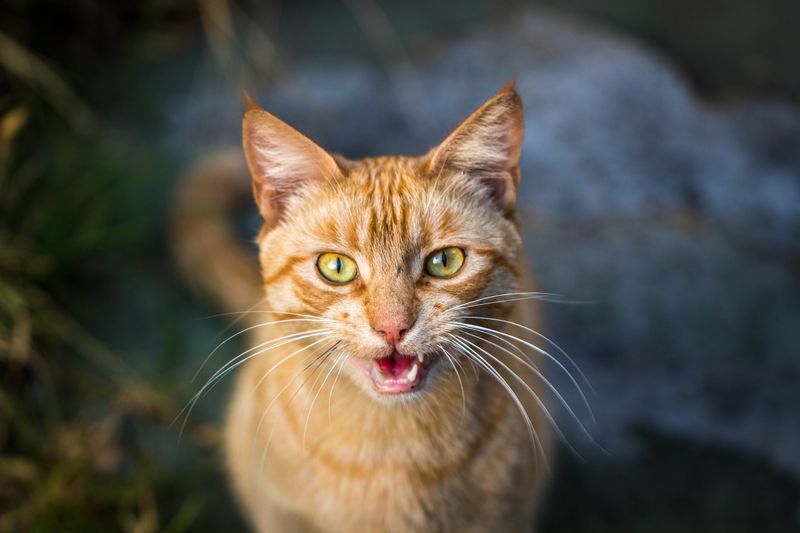
Grieving cats might exhibit changes in their vocal patterns, sometimes producing softer or different sounds. This vocalization can represent their emotional state or call for comfort.
Responding to their calls with affection and attention reassures them. Observing these changes helps understand their emotional needs better.
12. Increased Need For Affection
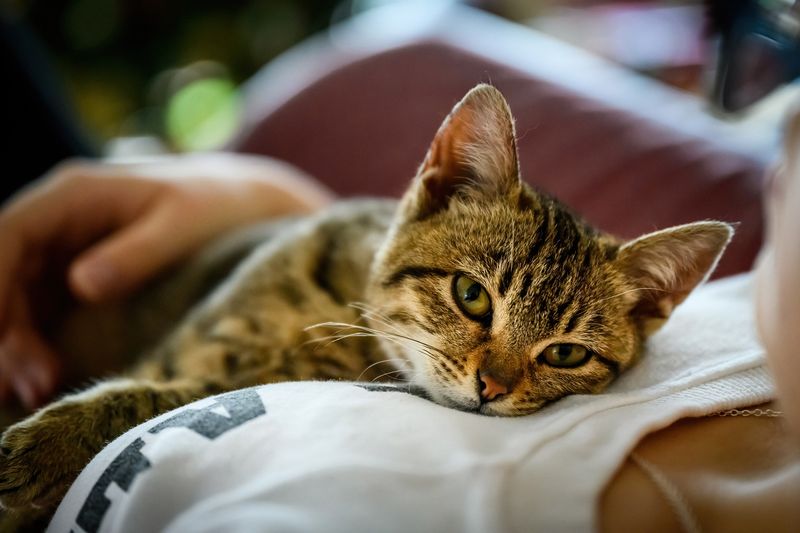
Some grieving cats may seek more affection from their human companions, desiring constant closeness and reassurance. This increased dependency is their way of coping.
Offering cuddles and gentle petting can comfort them. Being available for their emotional needs strengthens the bond and aids their healing process.
13. Destructive Behavior
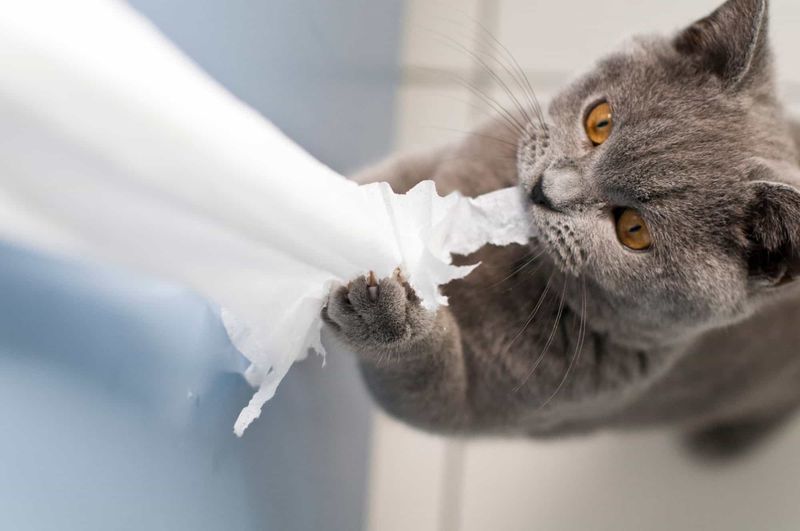
Increased destructive behavior may be a manifestation of a cat’s grief, reflecting frustration or anxiety. Cats may scratch more or chew on things they shouldn’t.
Providing appropriate outlets like scratching posts or toys can channel this energy positively. Maintaining patience and understanding while they adjust to their emotions is vital.
14. Vigilant Watching Of Entryways
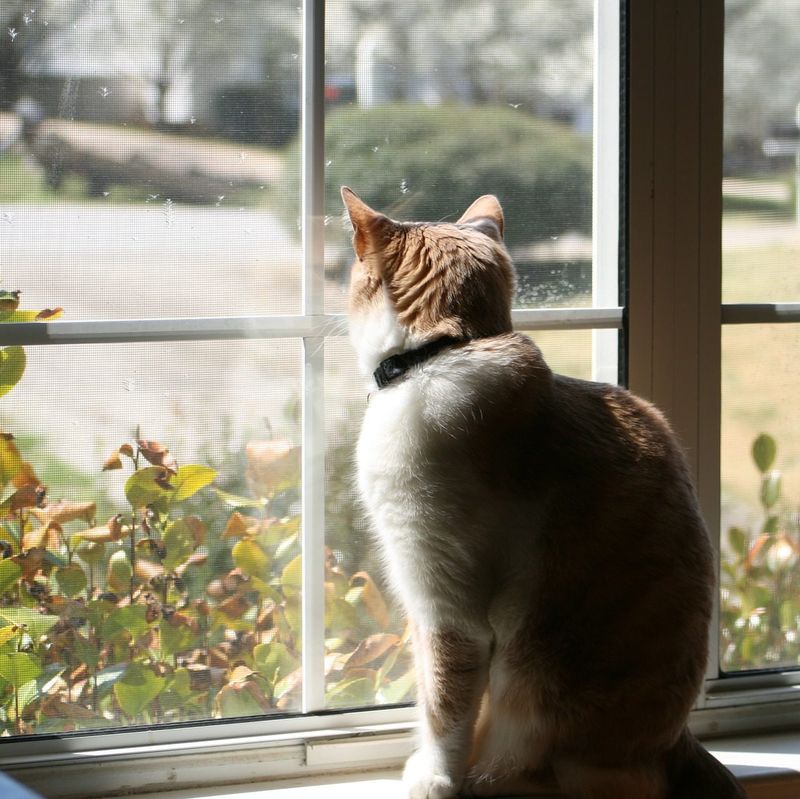
Grieving cats might watch doorways vigilantly, expecting their lost companion to return. This behavior signifies their struggle to accept the loss.
Gently redirecting their attention with play or affection can offer comfort. Over time, they’ll adjust to the absence.
15. Unusual Clinginess Or Aloofness
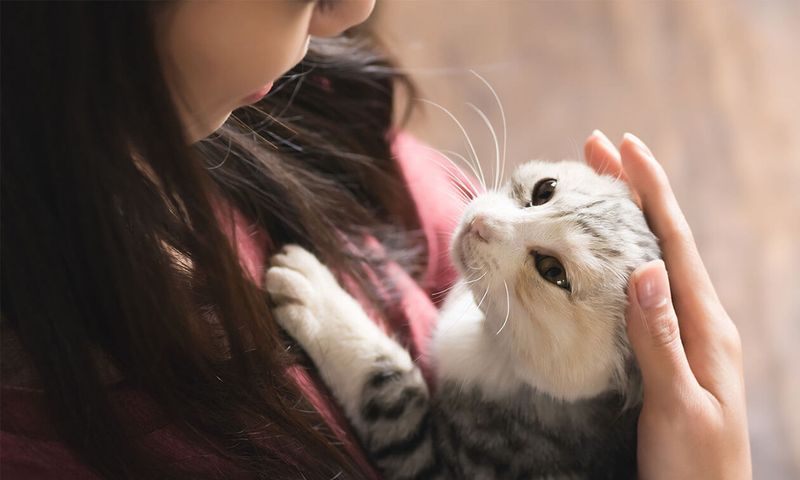
Cats may become unusually clingy or, conversely, aloof when grieving. Both behaviors are adjustments to cope with their emotional state.
Observing these changes and offering support tailored to their needs can help them process their feelings. Encouragement without pressure is key to fostering comfort.
16. Frequent Yowling At Night
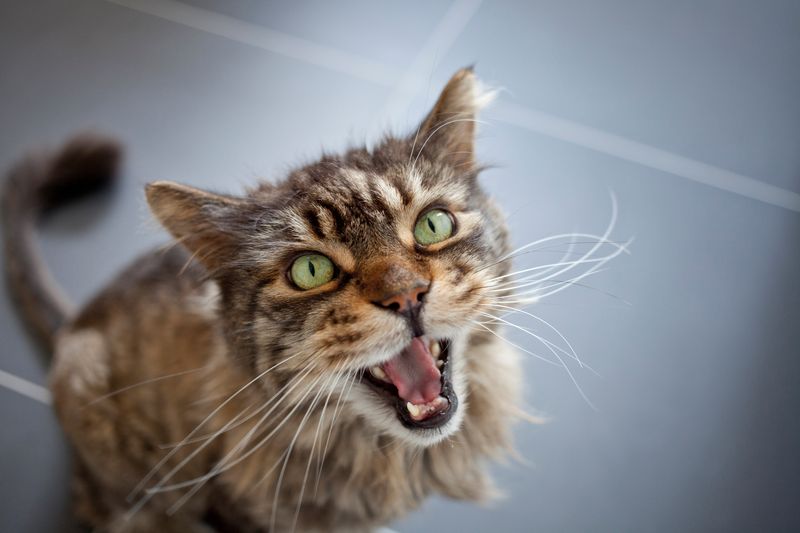
Cats might vocalize their grief through nighttime yowling, reflecting their inner turmoil. This behavior can disrupt both the cat’s and owner’s sleep.
Offering comfort and maintaining a calming bedtime routine can alleviate this distress. Patience and understanding play crucial roles as they navigate their emotions.
17. Demonstrating Anxiety Signs
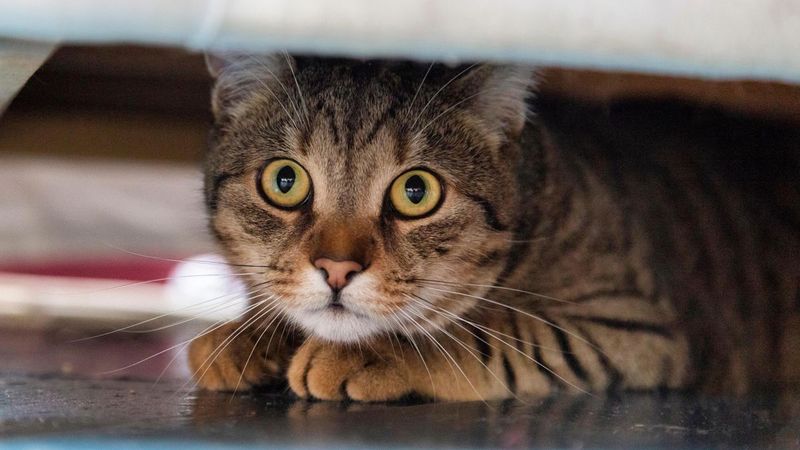
Grieving cats might display anxiety signs, like pacing or restlessness. These behaviors indicate their struggle to find comfort and stability.
Creating a calming environment with familiar scents or sounds can help ease their anxiety. Consistent routines and gentle interactions provide a sense of security.
18. Memory-Triggering Behaviors
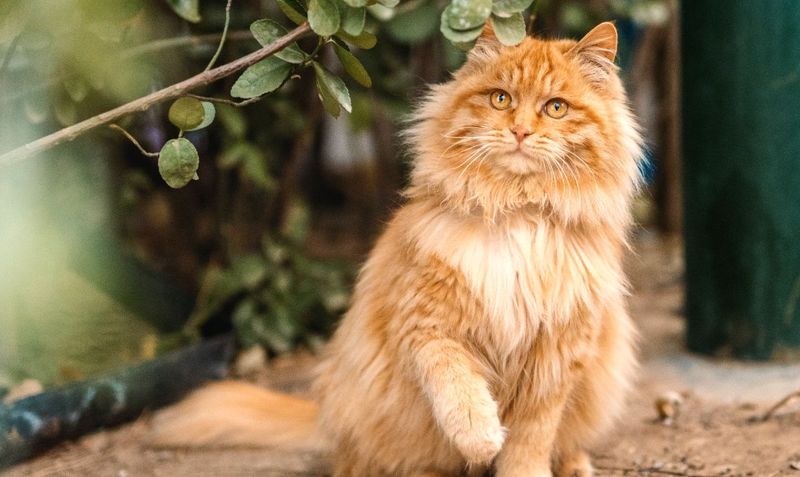
Cats sometimes revisit places tied to their memories of a lost companion, displaying behaviors that evoke shared experiences.
Engaging them in new activities or environments can gradually shift their focus. Offering support and understanding during these moments helps them adjust to life without their companion.

